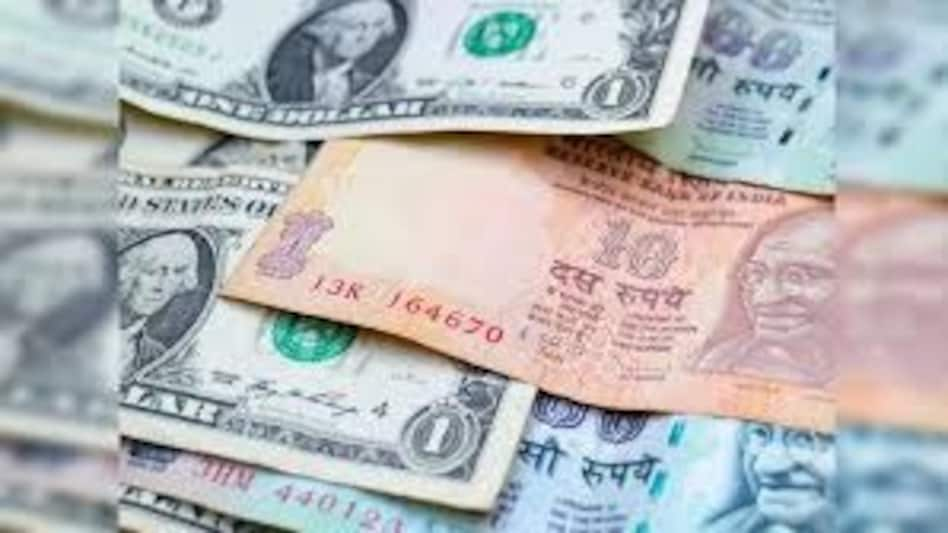 Earlier this year, Bloomberg Index Services Ltd said it will also add India's Fully Accessible Route, or FAR bonds in its EM local currency index from January 2025.
Earlier this year, Bloomberg Index Services Ltd said it will also add India's Fully Accessible Route, or FAR bonds in its EM local currency index from January 2025. Earlier this year, Bloomberg Index Services Ltd said it will also add India's Fully Accessible Route, or FAR bonds in its EM local currency index from January 2025.
Earlier this year, Bloomberg Index Services Ltd said it will also add India's Fully Accessible Route, or FAR bonds in its EM local currency index from January 2025.JPMorgan Chase & Co is on track to include India in its emerging market debt index from June with most of its clients ready to trade, according to the firm’s global head of index research, Bloomberg reported.
“Based on the annual Index Governance Consultation process, market feedback so far has been largely positive, with the majority of our index clients already set up to trade in the IGB market,” the report quoted Managing Director Gloria Kim.
“As always, there are still teething issues when entering a new market, however we have found these to be related mostly to the operational readiness and flexibility of counterparties and custodians rather than barriers to entry,” she said, acknowledging the reforms made by government.
The difficulty in setting up to trade in India due to an elaborate documentation process has been one reason why foreign investors have been apprehensive about the nation’s entry into global indexes. Last September, JPMorgan said it would include India in its emerging market bond index, where it will have a maximum weight of 10 percent.
JPMorgan estimates foreign inflows will be between $20 billion and $25 billion, assuming an index-neutral position, Kim said. The firm estimates its emerging-market bond gauge currently has $216 billion of assets under management, she added.
Indian sovereign bonds have seen about $8 billion of inflows into the Fully Accessible Route securities since the JPMorgan announcement, though there were some outflows in April amid a global debt selloff.
As stated in a release by JPMorgan, India's local bonds will be incorporated into the Government Bond Index-Emerging Markets (GBI-EM) index and its index suite. These are benchmarked by approximately $236 billion in global funds. "India's weight is expected to reach the maximum weight threshold of 10 per cent in the GBI-EM Global Diversified, and approximately 8.7 percent in the GBI-EM Global index," JPMorgan had said.
The process of inclusion is set to commence on June 28, 2024, and will span over 10 months. During this period, there will be incremental increases of 1 percent in India's index weighting, ultimately reaching the maximum allocation of 10 percent, as stated by JPMorgan.
The inflows from the long-anticipated index inclusion are leaving their mark on a variety of Indian assets, with corporate bonds also besting peers and foreign exchange reserves hitting a record high. They have played a role in helping the rupee shrug off the impact of a broad strengthening in the dollar, Bloomberg reported.
Earlier this year, Bloomberg Index Services Ltd said it will also add India's Fully Accessible Route, or FAR bonds in its EM local currency index from January 2025. Bloomberg LP is the parent company of Bloomberg Index Services, which administers indexes that compete with those from other providers.
Market reforms
Indian government authorities have made substantial market reforms for investors, according to JPMorgan.
These include extending the trade-matching window for foreign portfolio investors and streamlining the onboarding process through the introduction of a single application form, Kim said. The registration process was also simplified by accepting digital signatures and scanned copies for account registration, she said.
There are also several India-dedicated bond exchange-traded funds and UCITS funds offering intraday liquidity to investors, Kim said. “These steps have improved the overall market accessibility and tradability for FPIs, making investors more comfortable with investing in the Indian government bond market,” she said.